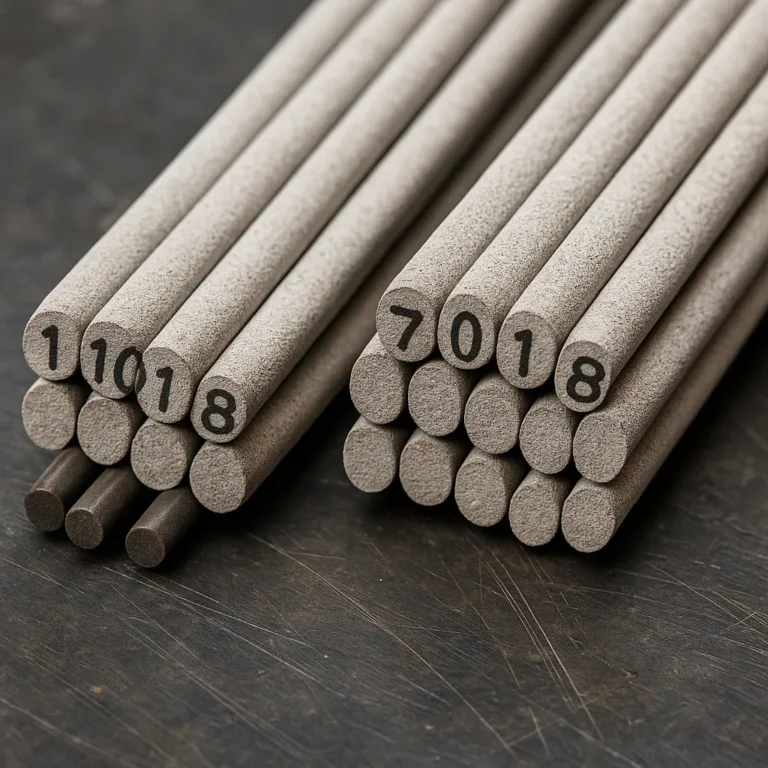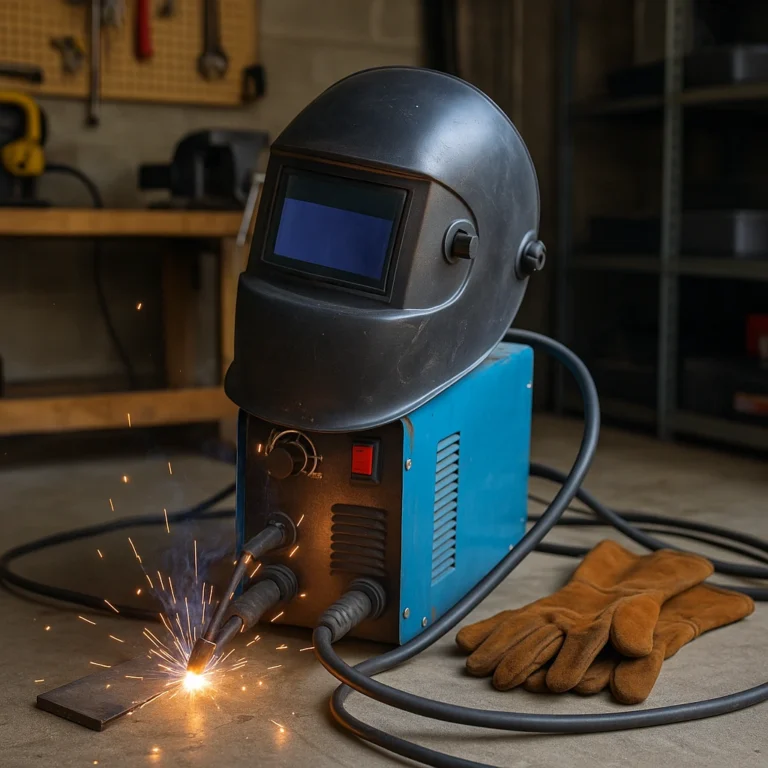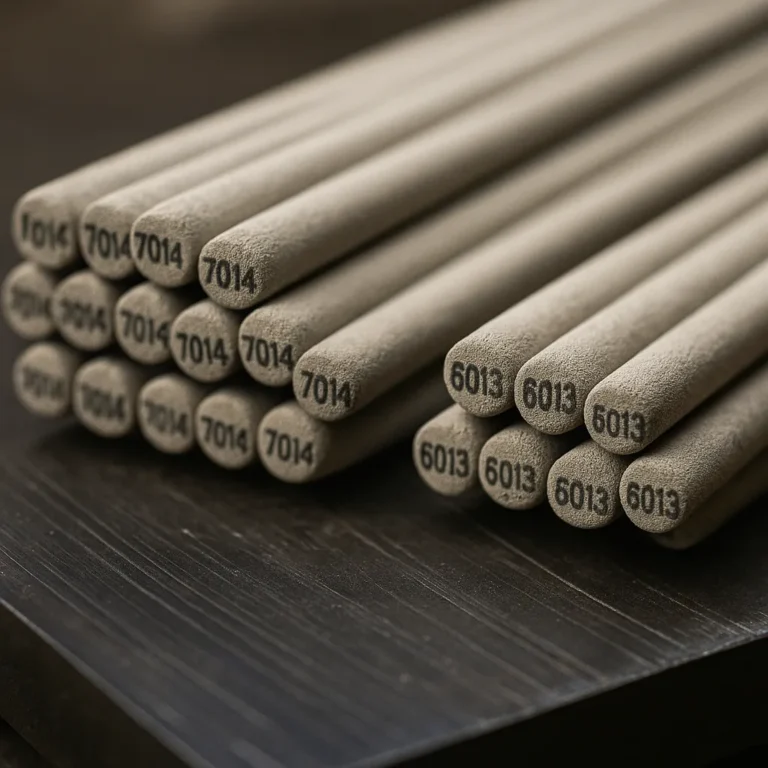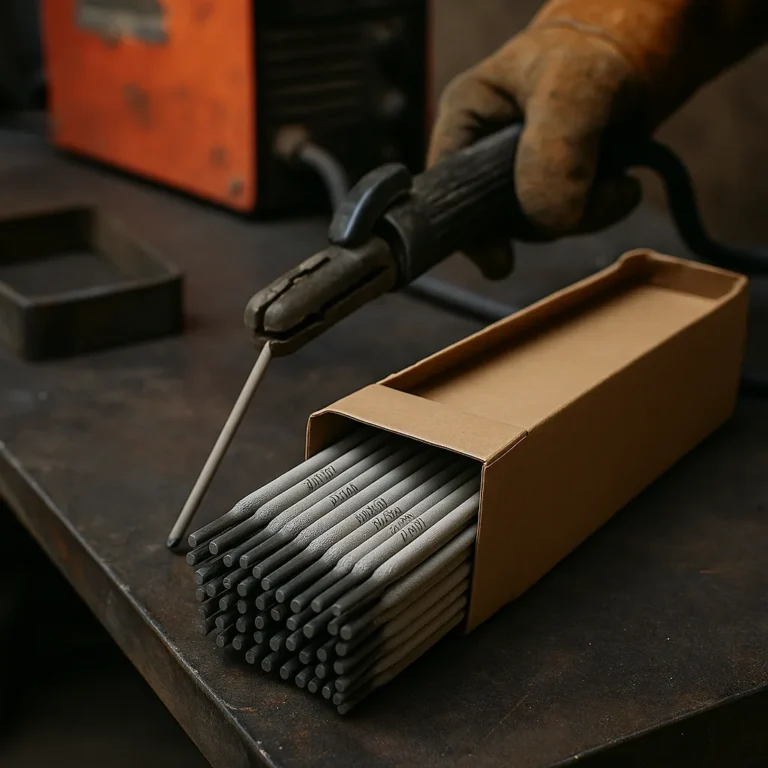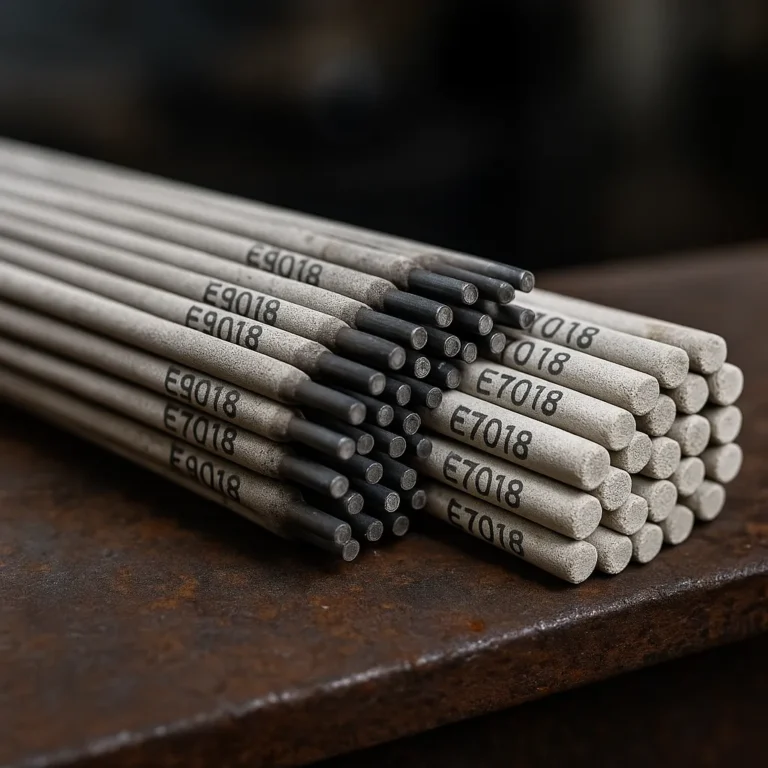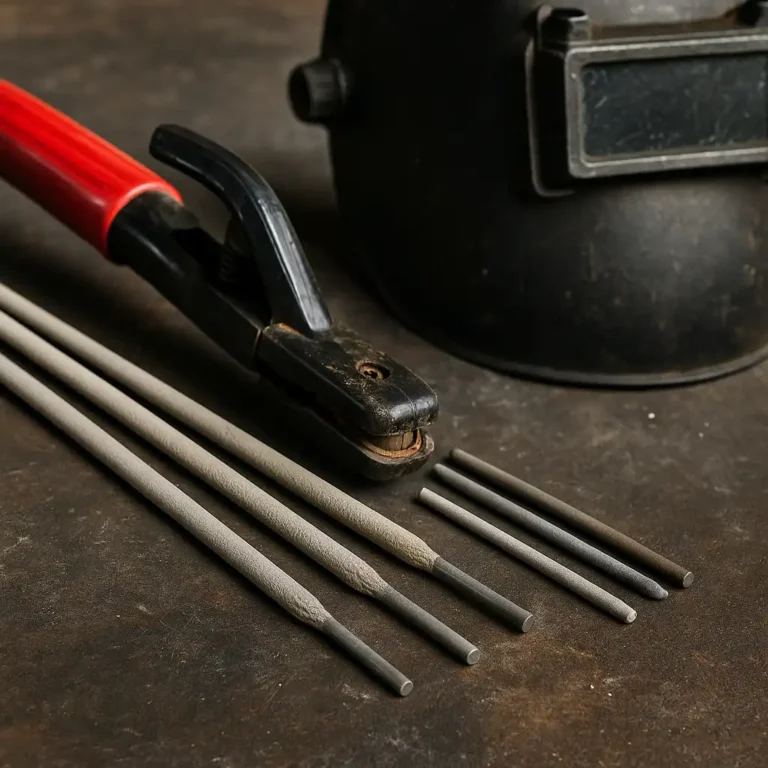Best Welding Rod for Thin Metal
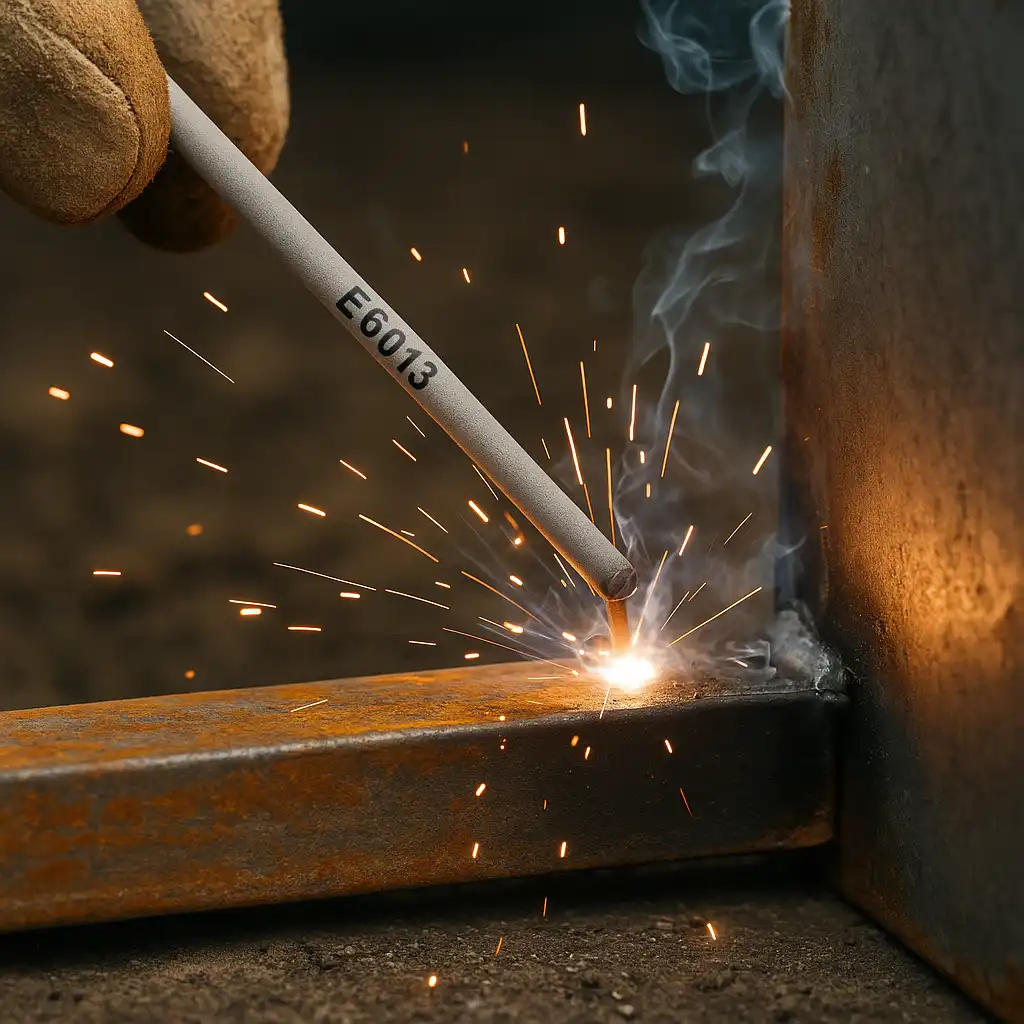
Disclosure: This post contains affiliate links. As an Amazon Associate, I earn from qualifying purchases—at no extra cost to you.
Welding thin metal takes precision, patience, and the right welding rod. Without the right setup, it’s easy to burn through your workpiece or create weak joints. That’s why your choice of electrode matters just as much as your technique.
For most light-gauge jobs—whether you’re fixing a trailer, patching a panel, or doing small repairs—E6013 welding rods are a solid choice. They’re easy to run, affordable, and compatible with most small stick welders.
Why E6013 Works So Well on Thin Metal
E6013 rods are widely recommended for light-duty welding. They produce a smooth, stable arc with shallow penetration, which helps avoid burn-through on thin materials. They’re especially useful when working with 1/8″ steel or lighter.
According to welders on forums and in shop groups, these rods perform reliably on both AC and DC machines. Their easy arc starts and re-striking ability also make them a favorite among hobbyists and beginners.
Choosing the Right Size and Amperage
When working with thin metal, size matters. A 3/32″ rod is typically the best fit. It allows you to run at lower amperage—usually between 70 and 90 amps—giving you more control over the heat input.
This setup is ideal for welding 16-gauge steel, light tubing, or other thin sections. To dial in your settings, it’s smart to start with a few test passes on scrap metal. You’ll quickly find the sweet spot between fusion and control.
Ease of Use and Real-World Feedback
Welders often describe E6013 as smooth, forgiving, and beginner-friendly. Based on verified buyer reviews, these rods deliver clean beads, minimal spatter, and easy slag removal—even on basic home welding machines.
People frequently use them for patching sheet metal, fixing up lawn equipment, or repairing light frames and panels. They’re not made for deep penetration, but that’s exactly what makes them so well-suited for thin materials.
Machine Compatibility and Typical Uses
You don’t need a heavy-duty welder to use these rods effectively. Most compact 110V or dual-voltage stick welders will run 3/32″ E6013 just fine.
This makes them great for home garages and backyard shops where people tackle repairs or small projects. From trailer fenders to gates and utility racks, these rods handle a wide range of light-metal tasks without much hassle.
Check Price & Availability
Here are a few popular E6013 rods that work great for thin metal welding:
View on Amazon – Saker E6013 Welding Rod 3/32” (5LB, Carbon Steel Stick)
View on Amazon – YesRight 3/32″ Welding Rod J422 (1LB, Carbon Steel Stick)
View on Amazon – YESWELDER E6013 3/32” (5LB, Carbon Steel Stick)
Conclusion
When it comes to welding thin metal, E6013 rods are a smart, budget-friendly choice. They’re easy to use, run well on entry-level machines, and produce clean results without punching through your material.
Best For:
- Beginners and hobby welders
- Sheet metal and small repairs
- Compact stick welders running 110V or 220V
Set your amps right, keep your travel speed steady, and you’ll be laying down solid welds in no time.

